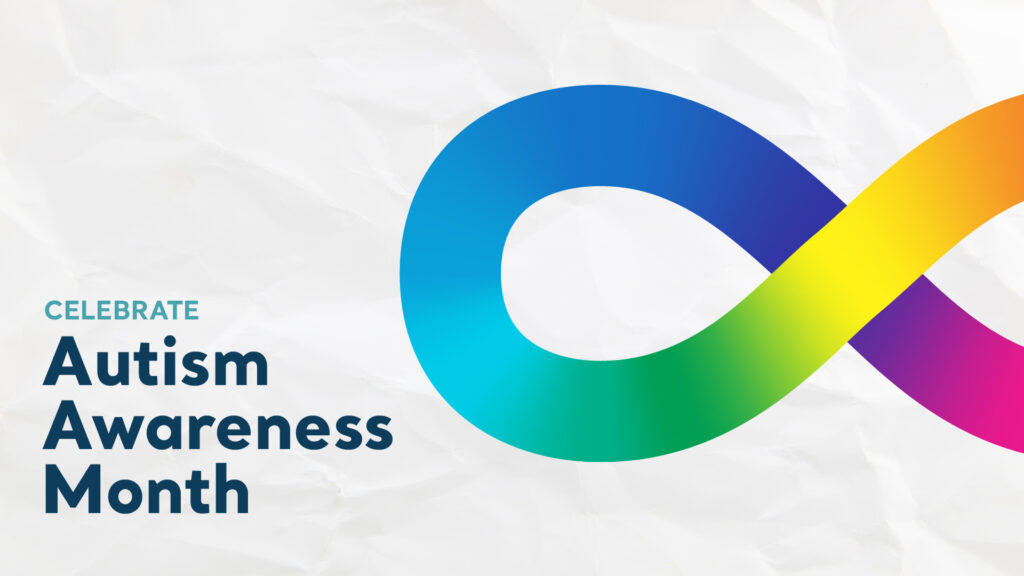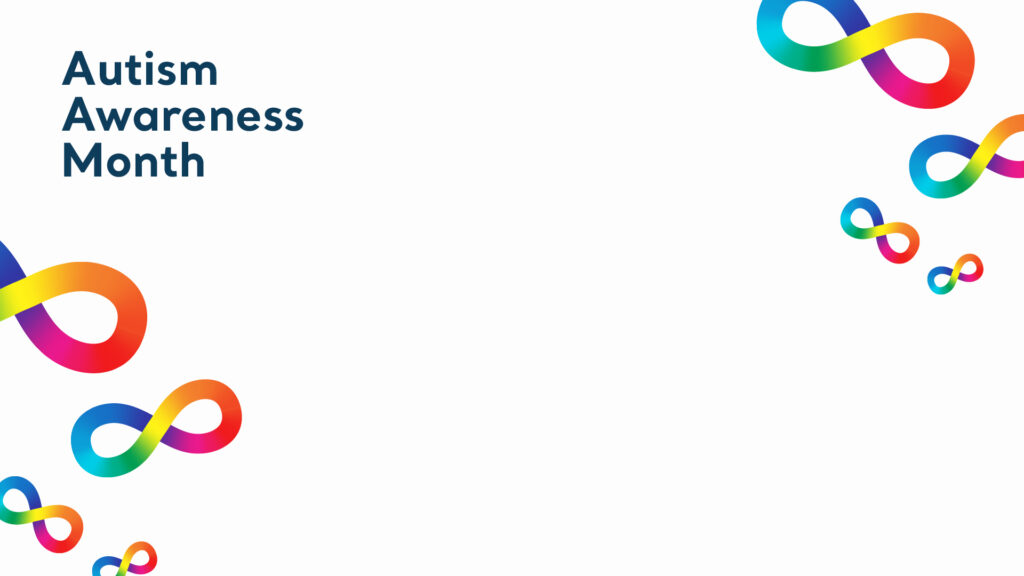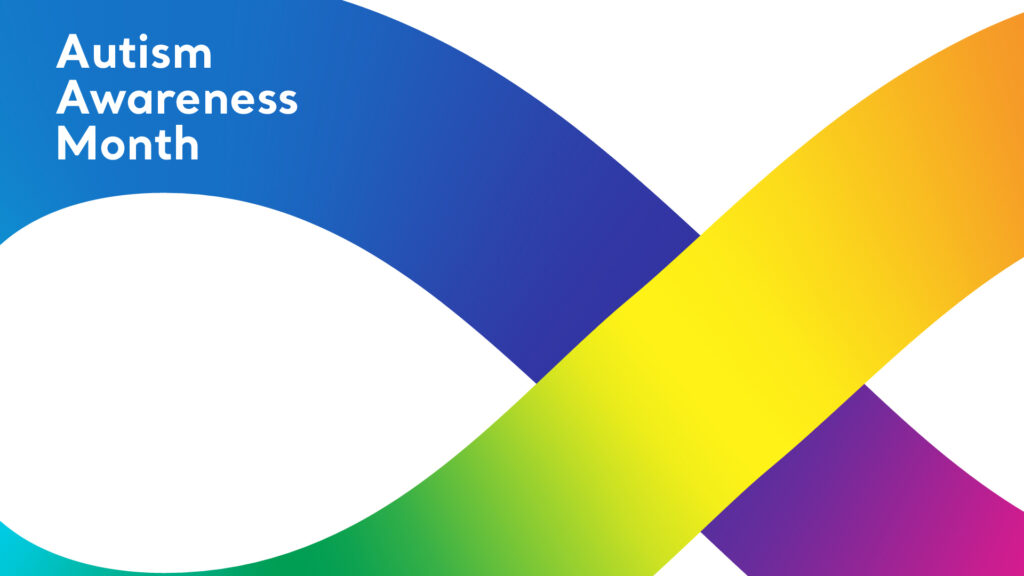At Raindrop, we welcome all voices, beliefs, identities, and backgrounds–because we believe a diversity of voices can help us achieve our core value of “Make it Better.”
In April, we are joining millions across the world in celebrating Autism Awareness Month–a chance to increase understanding and acceptance of autistic individuals, and to advocate for inclusivity for the neurodiverse community.
To be clear about this subject, we felt it might be helpful to highlight some terms that we will be using this month and beyond as we continue to develop inclusive practices.
Autism
Autism is a lifelong, nonprogressive condition that affects verbal and non-verbal communication and social interaction. It typically appears before age 3, and is characterized generally by challenges with social communications and restricted or repetitive behaviors. Autism affects approximately 1-2 in 1,000 individuals. There is no cure, and debate within the autistic community about the need/desire for a cure is ongoing, with many arguing that social and cultural reform is needed to create greater inclusivity for all individuals, rather than a cure.
Spectrum
Autism is a spectrum disorder, which means its symptoms present themselves in a wide variety of combinations, and individuals with autism can exhibit a range of behaviors. Autism spectrum disorders (ASD) affect approximately 25 out of 1,000 individuals. Previously, differing levels of severity on the spectrum resulted in individuals being classified as “high-functioning” (low severity and low social impact), and “low-functioning” (high severity, significantly impairing social functioning); those terms have recently been identified as harmful to individuals with ASD and are no longer preferred.
Neurodiversity/Neurodiverse
Neurodiversity describes the idea that people experience and interact with the world around them in different ways. In particular, it is used in context with ASD and other neurological or developmental conditions, in juxtaposition to “neurotypical” behaviors and experiences.
Neurotypical
This term is widely used in the autistic community as a label for non-autistic individuals, or those who do not have neurological or developmental conditions. Because there is no “standard” for the human brain, it can be argued that no one individual is truly “neurotypical”; therefore, it is important that we do not consider Neurotypical and Neurodiverse as two sides to a coin, but as general terms to help contextualize individuals’ experiences, behaviors, and worldviews.
One important distinction must be made as well. Many disability advocates and advocacy organizations prefer person-first language (e.g.: “a person with autism”), but research suggests that many in the autistic community prefer identity-first language (e.g.: “an autistic person”). It is best to inquire directly about a person’s preferred language, as it is subjective and personal. For the purposes of this work, we will be using identity-first language, acknowledging that this writing is not prescriptive.
To begin, our DEI committee and design team have developed Zoom backgrounds to mark this significant month. Many may be familiar with the “puzzle piece” logo that has become intrinsically linked to autism awareness, but as we worked on developing a visual language for our outreach this month, we came across a number of differing views (here, here, and here, among many others), which prompted us to utilize the rainbow infinity sign instead. We encourage anyone who is working toward inclusive practices and opportunities for neurodiverse individuals to read more about the symbols and their meanings.
We invite you to use these Zoom backgrounds for your own professional or personal meetings to help encourage awareness this month, and to demonstrate your support for the autistic community.

Download ImageDownload Reverse Image

Download ImageDownload Reverse Image

Download ImageDownload Reverse Image
For Autism Awareness Month, we are working to educate our agency about the ways in which we–both as individuals as well as an organization–can implement “radical inclusion” to foster understanding and support for autistic and neurodiverse individuals. Author and activist Andrea Moriarty, whose book of the same name gives us the term “radical inclusion”, shares the philosophy she has learned from raising her autistic son Reid:
What’s radical is that inclusion–responding and interacting with people of different abilities–beckons our best selves. When I say ‘radical inclusion,’ I mean showcasing gifts and strengths in the crossroads of culture, not merely offering a row of segregating seating or a job sorting shoes in the back room. Radical inclusion elevates adults with disabilities to a place where they have value and influence in community… [moving] differently-abled people from the margins into the limelight… Reid is exuberant, his mood changes a room. I have learned that mine can, too. It doesn’t take much, it just takes more people doing it.
The San Diego Union-Tribune, Dec. 23, 2018
When we consider “radical inclusion” as it pertains to individuals with autism and other neurodiversities, we like to think of it as an invitation toward greater understanding and awareness, not a rigid set of instructions or mandates.
This month, we at Raindrop would like to encourage the neurotypical community to consider ways they can extend invitations to neurodiverse individuals, and to learn from them and their experiences directly. Throughout the month, we will be sharing information and action items with our team each week, beginning with a general overview, then discussing ways for neurotypical individuals to demonstrate allyship and support; we will also connect this topic to the work we do as an agency before inviting our team to extend the conversation beyond Autism Awareness Month. There are countless ways to see the world and to foster creativity, and we hope that by welcoming neurodiverse individuals into our communities, our conversations, and our experiences, we can generate even more understanding, acceptance, and inclusivity throughout our lives and our work.